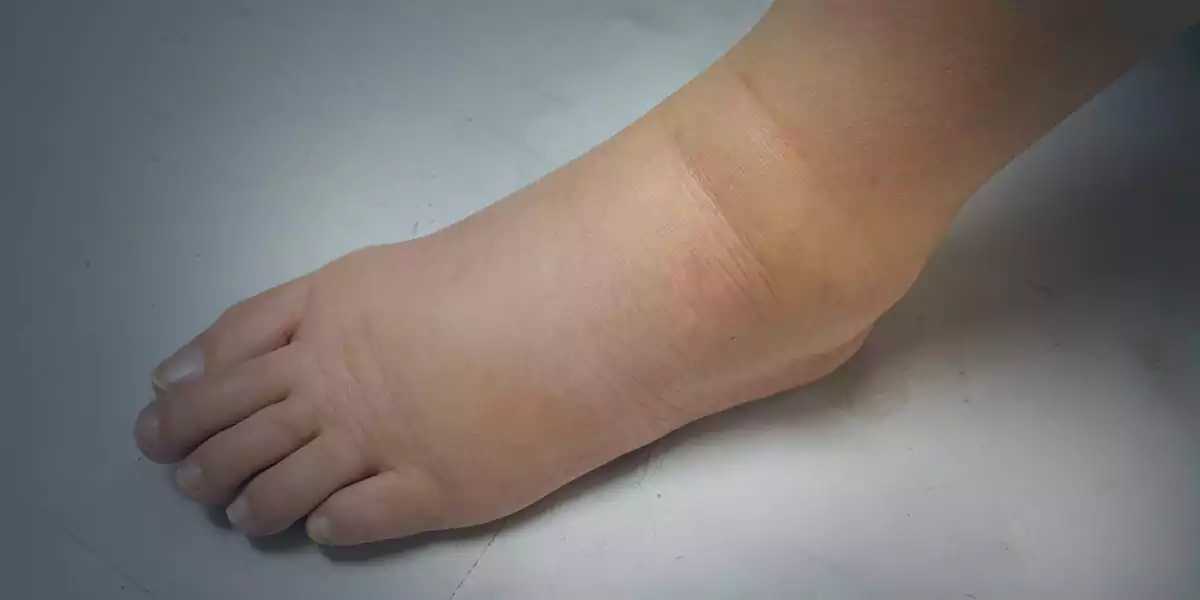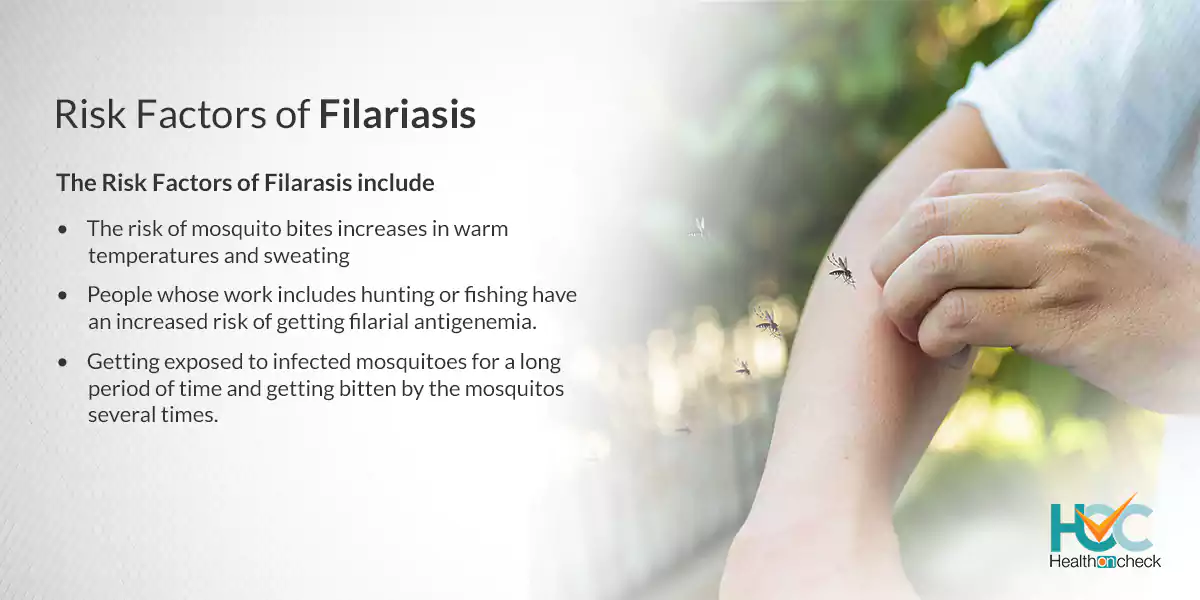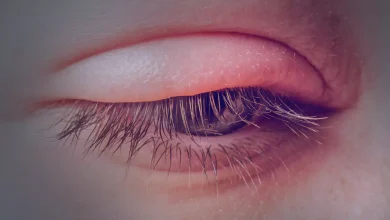All about Filariasis

What is Filariasis?
Filariasis is an infectious disease that spreads when you get mosquito bites. Filariasis causes no symptoms in some people while others might get symptoms like inflammation, swelling, or fever. Filariasis causes other conditions such as lymphedema and swelling in the scrotum. It can lead to inflammation, swelling, and fever. If not treated properly it can cause various health related complications. In serious cases, it can create disfigurement, like thick skin and swelling in some of your body parts. Filariasis is caused by tiny parasitic worms known as filarial worms that infect your lymphatic system. The fluid levels are balanced by the lymphatic system and help in protecting your body from various infections. This condition is also known as lymphatic filariasis because the lymphatic system is affected by it.
What are the Types of Filariasis?
Filariasis is divided into three types based on the body part they affect:
Lymphatic filariasis: The worms known as Wuchereria bancrofti, Brugia malayi, and Brugia timori cause lymphatic filariasis. These worms inhabit the lymphatic system of the body, such as the lymph nodes. In chronic cases, these worms may cause the syndrome of elephantiasis.
Subcutaneous filariasis: It is caused by an eye worm known as Loa loa, Onchocerca volvulus, and Mansonella streptococcal. These worms get settled in the layer inside the skin and cause Loa loa filariasis.
Serous cavity filariasis: The worms known as Mansonella perstans and Mansonella ozzardi cause this type of filariasis, which gets settled in the serous cavity of the abdomen.
What are the Symptoms of Filariasis?
The symptoms of filariasis include
- Inflammation
- An immune system that is overactivated.
- Lymphedema
- In the lymphatic system fluid buildup happens
- Hydrocele
- The scrotum gets swelled along with the fluid build-up
- Edema
- Swelling and fluid buildup in your legs, arms, breasts, and vulva

What Causes Filarasis?
Filariasis spreads through Mosquitos having filarial worms and when the infected mosquito bites a person, it passes into that person’s bloodstream.
After getting into your bloodstream, the worms travel into your lymphatic system. There, they develop into adult worms. The adult worms stay in the body for up to 8 years. The filarial worms reproduce and release lakhs of worms into your bloodstream and when a mosquito bites you, it gets the worm and after that when it bites another person, that person gets filariasis and this way this disease spreads.
What are the Risk Factors of Filariasis?
The Risk Factors of Filarasis include
- Getting exposed to infected mosquitoes for a long period of time and getting bitten by the mosquitos several times.
- People who live for a long time in tropical or sub-tropical areas where filariasis is a common disease are at the highest risk of getting filariasis.
- People whose work includes hunting or fishing have an increased risk of getting filarial antigenemia.
- The risk of mosquito bites increases in warm temperatures and sweating.

What are the Complications of Lymphatic Filariasis?
Lymphatic Filarias damages your lymphatic system and makes it difficult for your body to combat infections. A weak immune response may develop into:
- Constant bacterial infections.
- Elephantiasis The skin becomes thickened and hardened and fluid retention, which results in painful, swollen, and augmented body parts.
- Tropical pulmonary eosinophilia syndrome
- The white blood cells increase and which leads to coughing and breathing problems.
How Filarasis is Diagnosed?
To diagnose filariasis, the doctor will take your blood sample and send it to a lab for
Microscopic testing: In a lab, your blood sample will be examined under a microscope. The microscope allows you to see if your blood has any filarial worms. Filarial worms only move in your blood at nighttime. Due to this reason, your blood sample shall be taken at night.
Antibody testing: In antibody testing, your blood sample will be checked for antibodies. Antibodies basically are germs that your body produces in response to any kind of infection. This test is done during day time.
What are the Treatment Options Available for Filariasis?
Your treatment plan depends on the symptoms you have and how severe they are. In general, filariasis treatment may include:
Medication: Your doctor will prescribe anti-parasitic medicines such as ivermectin (Stromectol), diethylcarbamazine (Hetrazan), or albendazole (Albenza). These drugs kill the adult worms in your blood or stop them from reproducing. Taking these medicines can also prevent passing the infection to someone else. Because the worms may still live in your body, you take these medicines once a year for a few weeks at a time.
Surgery: You might have to go for surgery to draw out dead worms from your bloodstream. Suppose filariasis affects hydrocele, you might also have surgery to reduce fluid development in your scrotum.
Elephantiasis management: Your doctor might also advise you to control swelling, like compression garments or elevation.
Living with Filarasis
Filariasis might be improved into chronic situations like elephantiasis or lymphedema. These kinds of situations have no cure, even though you might control them and decrease symptoms.
People who have these chronic situations often experience negative social effects. Suppose they have very noticeable, acute symptoms like quite a high swelling, they might experience social stigma. Pain or chronic swelling might also affect a person’s capability to work.
Whom to Consult?
If you notice signs and symptoms of filariasis then contact a doctor immediately. After detecting your condition, the doctor will advise you to go for proper treatment. Follow the advice of the doctor sincerely and take enough bed rest.




